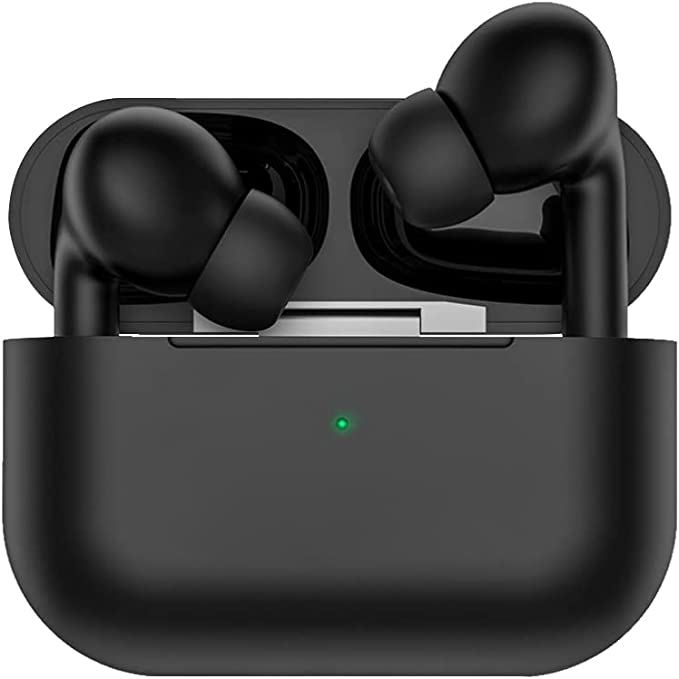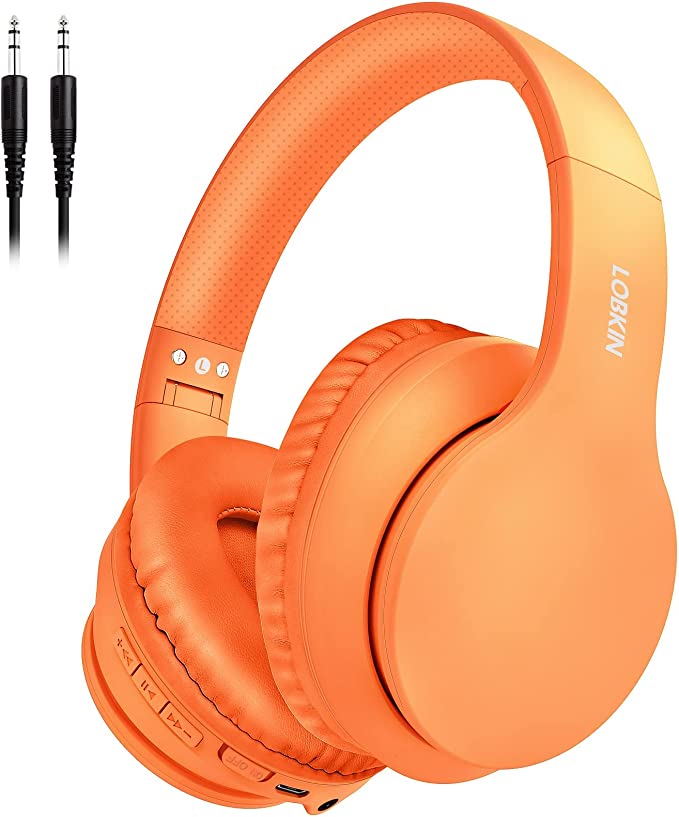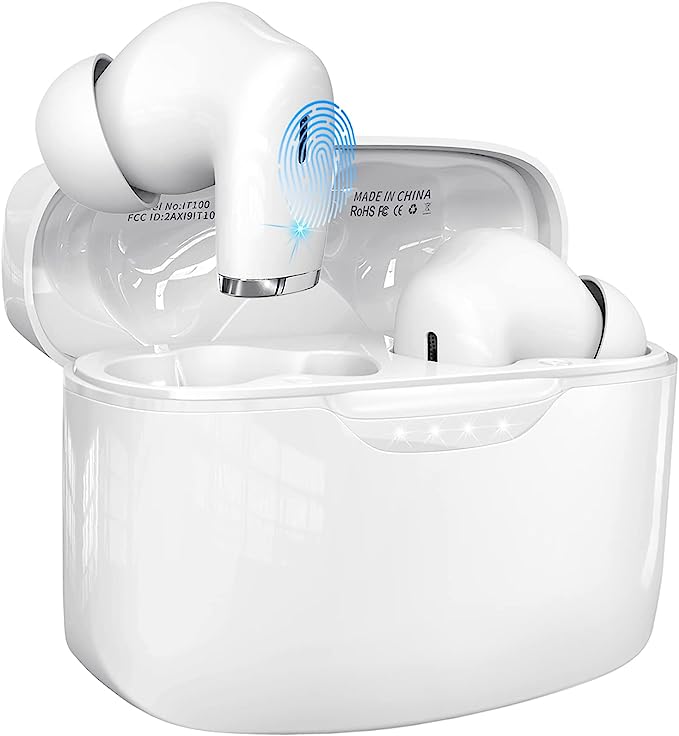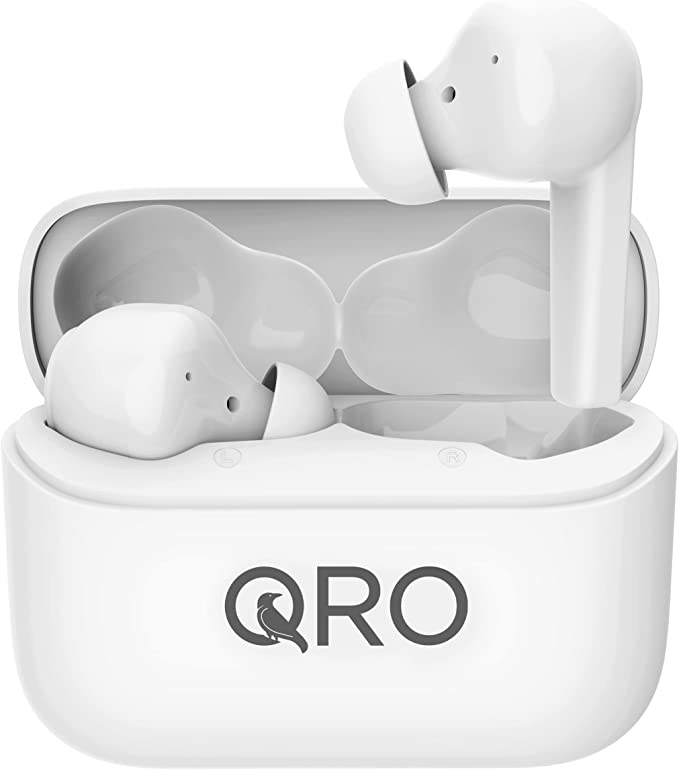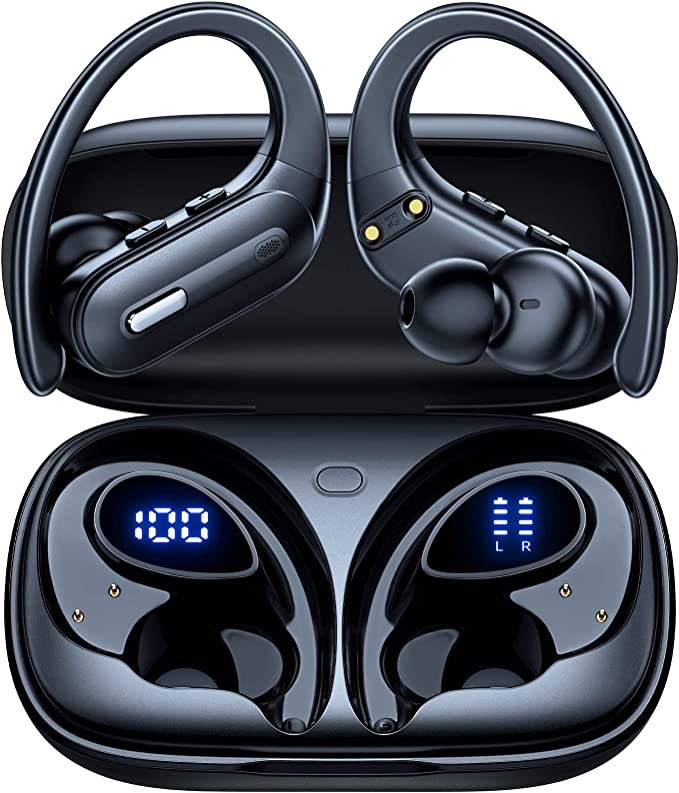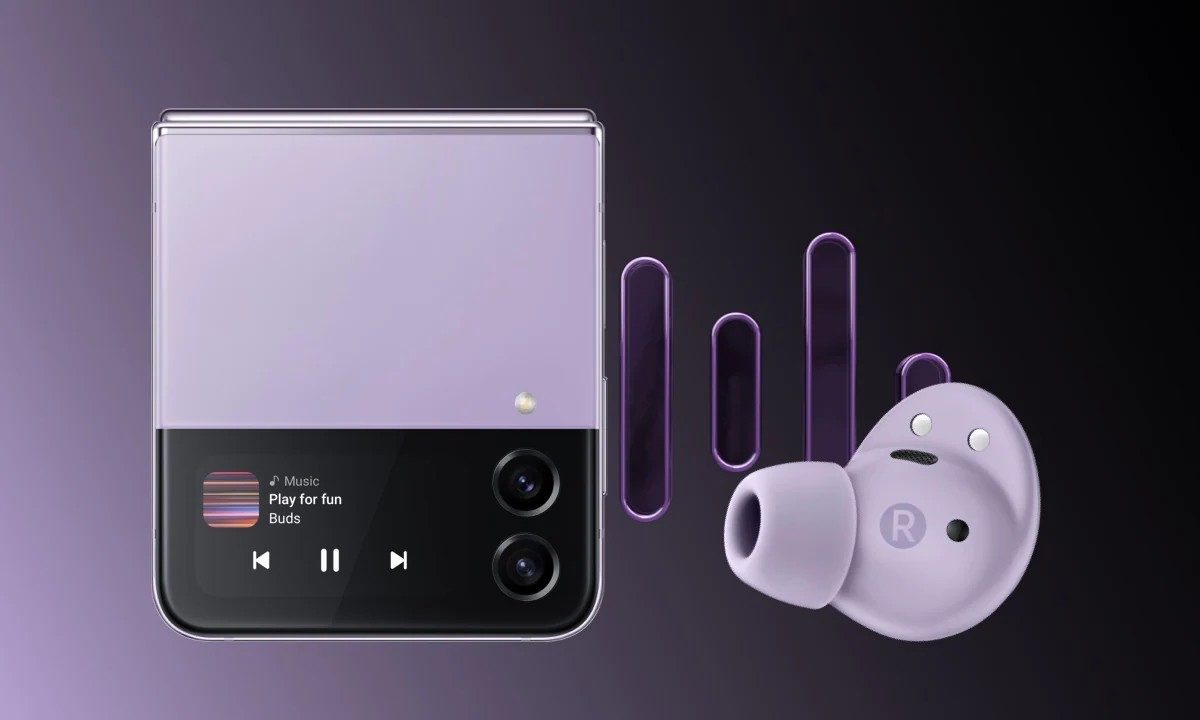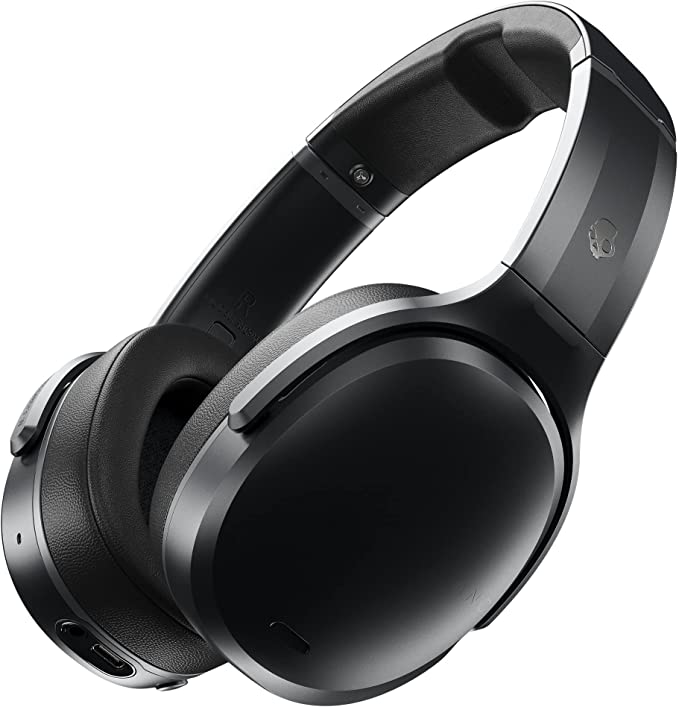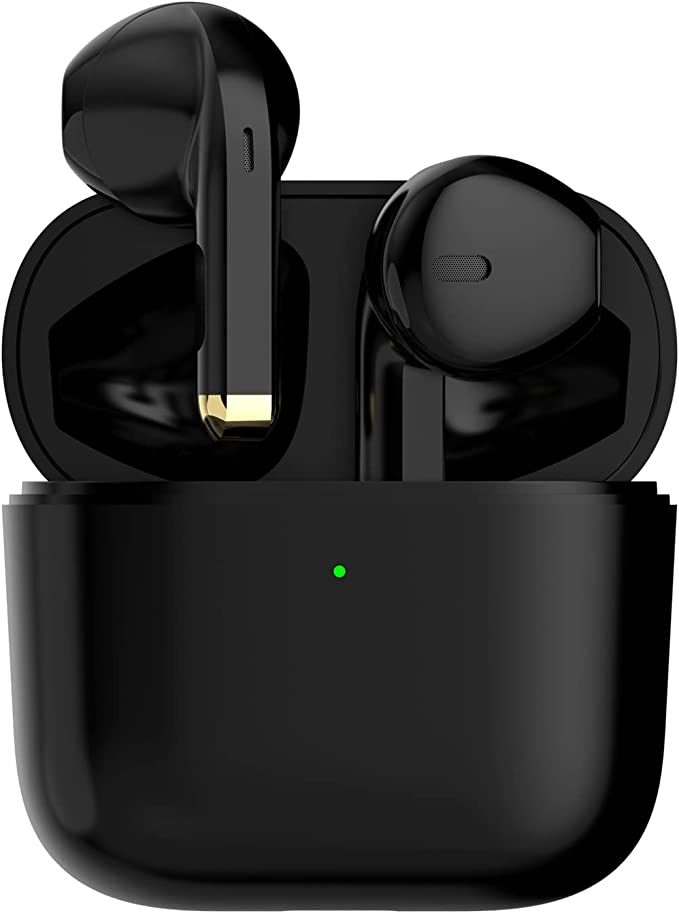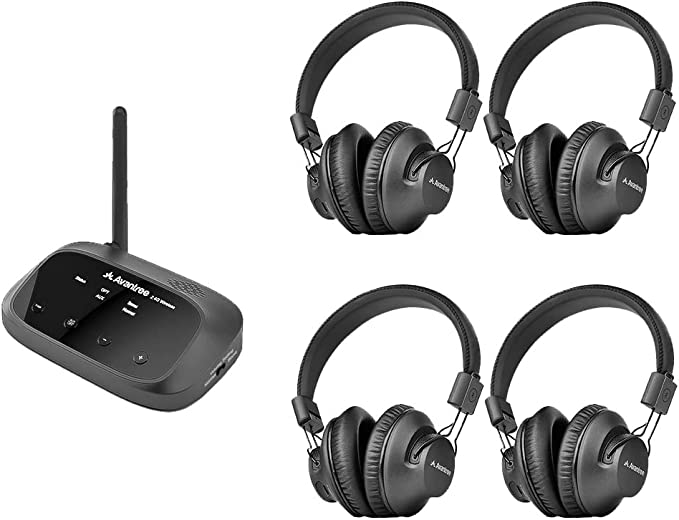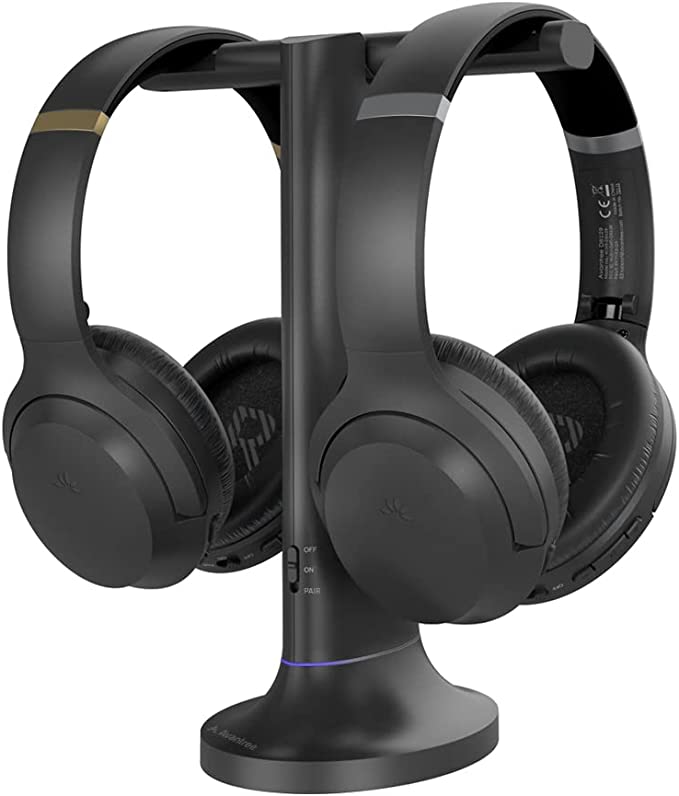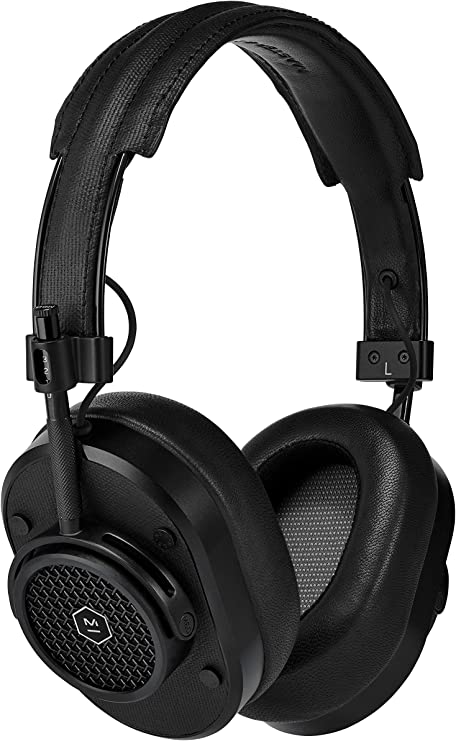Unveiling the Science of Sound: A Deep Dive into Sennheiser Momentum 4 Wireless Headphones
Update on Feb. 17, 2025, 2:09 p.m.
A World of Sound, A World of Silence
In our modern lives, we’re constantly navigating a complex soundscape. From the invigorating energy of our favorite music to the distracting din of a busy city, sound shapes our experiences. The Sennheiser Momentum 4 Wireless Headphones are designed to give you control over this soundscape, offering both a portal to immersive audio and a sanctuary of silence. But how do these seemingly magical feats of engineering actually work? Let’s explore the fascinating science behind the Momentum 4.

The Physics of Sound
Before we can understand how headphones reproduce or cancel sound, we need to understand sound itself. At its most basic, sound is a vibration that travels as a wave through a medium, such as air. These aren’t waves like ocean waves, but pressure waves, alternating regions of high and low pressure.
Several key characteristics define a sound wave:
- Frequency: This refers to the number of pressure oscillations per second, measured in Hertz (Hz). Frequency determines the pitch of a sound. A high frequency corresponds to a high-pitched sound (like a whistle), while a low frequency corresponds to a low-pitched sound (like a bass drum).
- Amplitude: This refers to the intensity of the pressure changes – essentially, how much the pressure deviates from the normal atmospheric pressure. Amplitude determines the loudness of a sound.
- Wavelength: This is the distance between two successive peaks (or troughs) of the pressure wave. Wavelength is inversely related to frequency – higher frequencies have shorter wavelengths, and lower frequencies have longer wavelengths.
When these sound waves reach our ears, a remarkable process unfolds. The outer ear, or pinna, funnels the sound waves into the ear canal. These waves then cause the eardrum to vibrate. These vibrations are amplified by three tiny bones in the middle ear (the malleus, incus, and stapes) and transmitted to the cochlea, a fluid-filled structure in the inner ear. Within the cochlea, thousands of tiny hair cells detect these vibrations and convert them into electrical signals that are sent to the brain via the auditory nerve. Our brain then interprets these signals as the sounds we hear.
But the journey of a sound doesn’t begin when it reaches our ears. Recording, storing, and accurately playing back audio is its own complex science. Analog recordings, like vinyl records, capture sound waves by physically etching the waveform onto a surface. The advent of digital audio, however, revolutionized the process.
Digital Audio Basics:
Digital audio, like that used in CDs, streaming services, and the Momentum 4, represents sound as a series of numbers. This is achieved through a process called sampling. An analog-to-digital converter (ADC) takes “snapshots” of the sound wave at regular intervals, measuring its amplitude at each point. The sampling rate determines how many snapshots are taken per second. A higher sampling rate captures more detail, allowing for a more accurate representation of the original sound wave, especially at higher frequencies.
Another critical factor is the bit depth. This determines the number of possible amplitude values that can be used to represent each sample. A higher bit depth provides a wider dynamic range, meaning the difference between the quietest and loudest sounds that can be accurately captured is greater.
The digital audio signal, now a stream of numbers, can be stored, transmitted, and processed. To play back the sound, a digital-to-analog converter (DAC) converts the numbers back into an analog electrical signal, which is then used to drive a speaker or, in this case, a headphone transducer.

Sennheiser’s Sound Signature
The Momentum 4 headphones aren’t just about reproducing sound; they’re about reproducing it beautifully. Sennheiser has a long-standing reputation for high-fidelity audio, and the Momentum 4 is a testament to that commitment.
At the heart of the Momentum 4’s sound is its 42mm transducer system. A transducer is a device that converts one form of energy into another. In this case, it converts electrical signals from your phone or computer into sound waves. The relatively large 42mm size of the transducers allows them to move more air, resulting in a richer, more powerful sound, particularly in the bass frequencies.
The frequency response of a headphone indicates the range of frequencies it can reproduce. The Momentum 4 boasts a frequency response of 6 Hz to 22 kHz. This range extends beyond the typical human hearing range (20 Hz to 20 kHz), ensuring that even the most subtle details in your music are captured. The extended bass response (down to 6 Hz) means you’ll not only hear the bass notes but also feel the rumble and impact.

The Magic of Noise Cancellation
The modern world is a noisy place. From the drone of airplane engines to the chatter of open-plan offices, unwanted sound can be a constant source of distraction and stress. Noise cancellation technology offers a refuge from this sonic onslaught.
There are two main types of noise cancellation:
- Passive Noise Cancellation: This relies on the physical design of the headphones to block out sound. Over-ear headphones, like the Momentum 4, naturally provide some passive noise isolation simply by covering your ears.
- Active Noise Cancellation (ANC): This is a much more sophisticated technology. ANC headphones use microphones to “listen” to the surrounding noise. Then, internal circuitry generates an “anti-noise” signal – a sound wave that is precisely the inverse of the incoming noise. When these two waves meet, they interfere destructively, effectively canceling each other out.
The Sennheiser Momentum 4 goes a step further with Adaptive ANC. This system intelligently adjusts the level of noise cancellation based on the ambient sound level. In a very noisy environment, the ANC will work harder; in a quieter environment, it will be less aggressive. This provides the optimal balance between noise reduction and sound quality, avoiding the “pressurized” feeling that some ANC systems can create.
The Inverse Sound Wave: How Does ANC Actually Cancel Noise?
The concept of “anti-noise” might sound like science fiction, but it’s based on a fundamental principle of wave physics called interference. When two waves meet, they can either reinforce each other (constructive interference) or cancel each other out (destructive interference). ANC exploits destructive interference.
Imagine a sound wave as a series of peaks and troughs. The anti-noise wave is generated with peaks where the noise wave has troughs, and troughs where the noise wave has peaks. When these two waves are superimposed, they effectively neutralize each other, resulting in silence, or at least, a significant reduction in noise.

Clarity in Communication
In today’s interconnected world, clear communication is more important than ever. The Momentum 4 headphones aren’t just for listening; they’re also designed for making and receiving calls with exceptional clarity.
The challenge, of course, is that we often need to make calls in noisy environments. The Momentum 4 tackles this problem with a combination of beamforming microphones and digital signal processing (DSP).
Beamforming Microphones:
The Momentum 4 features an array of four digital microphones. Beamforming technology uses these microphones in a coordinated way to focus on the sound coming from a specific direction – your voice – while suppressing sounds coming from other directions. This is achieved by subtly delaying the signals from the different microphones, effectively creating a “beam” of sensitivity.
Digital Signal Processing (DSP):
Even with beamforming, some background noise will inevitably make its way into the microphone signal. This is where DSP comes in. DSP algorithms are used to clean up the audio, removing unwanted noise, reducing echoes, and enhancing the clarity of your voice. This ensures that the person on the other end of the call hears you clearly, even if you’re in a busy environment.
Power and Endurance
Wireless headphones are only as good as their battery life. The Momentum 4 excels in this regard, offering an extraordinary up to 60 hours of playtime on a single charge. This level of endurance is achieved through a combination of factors:
- High-Capacity Battery: The headphones incorporate a high-capacity lithium-ion battery, a technology that has revolutionized portable electronics.
- Energy-Efficient Design: The internal components of the Momentum 4, including the transducers and the ANC circuitry, are designed to minimize power consumption.
- Bluetooth 5.2: The Momentum 4 utilizes the latest Bluetooth 5.2 standard, which offers significant improvements in power efficiency compared to previous versions. Bluetooth 5.2 uses a more efficient communication protocol, reducing the amount of energy required to transmit data.
The benefit of this exceptional battery life is obvious: less time spent charging and more time enjoying your music, podcasts, or calls.

Designed for Comfort
Even the best-sounding headphones will be unpleasant to use if they’re uncomfortable. Sennheiser has clearly put a lot of thought into the ergonomics of the Momentum 4.
- Lightweight Design: The headphones are surprisingly lightweight, reducing pressure on your head and ears. This is crucial for long-term comfort, whether you’re wearing them for a transatlantic flight or a full day of work.
- Adjustable headband: Ensures perfect fit
- Materials, and Ergonomics: The earcups and headband are padded with soft, breathable materials that conform to the shape of your head.
Conclusion
The Sennheiser Momentum 4 Wireless Headphones are more than just a pair of headphones; they’re a sophisticated piece of audio technology that blends cutting-edge science with elegant design. From the physics of sound waves to the intricacies of digital signal processing, the Momentum 4 showcases the remarkable advancements that have made high-fidelity audio and effective noise cancellation accessible in a portable, comfortable, and long-lasting package.

